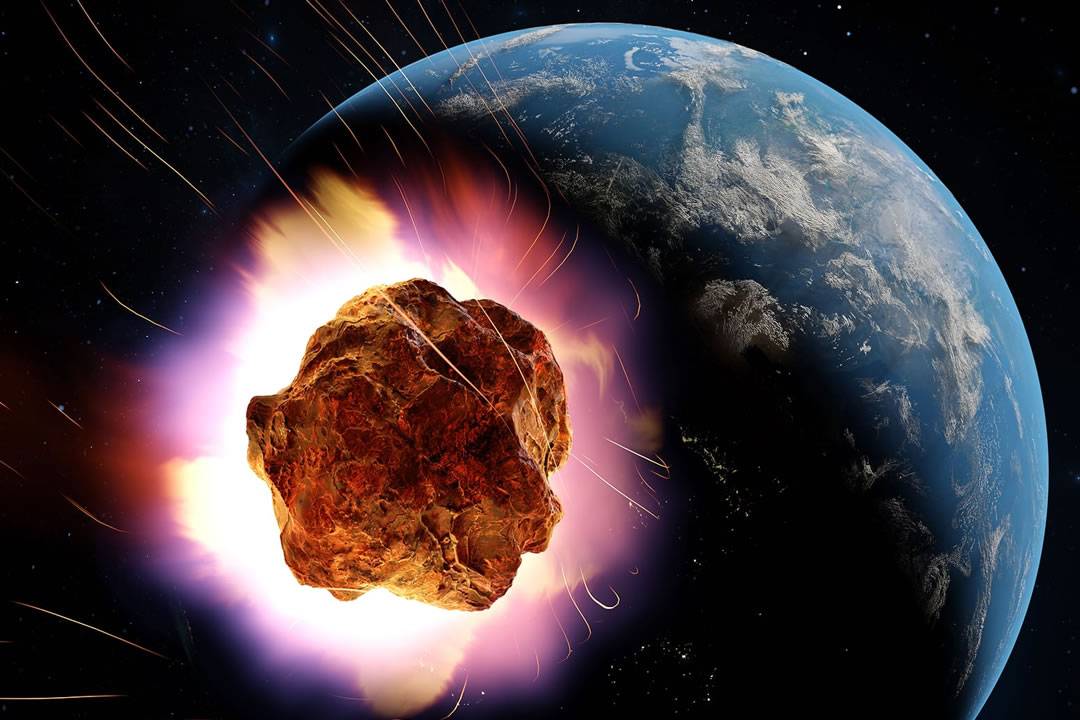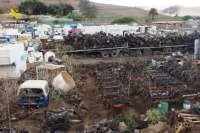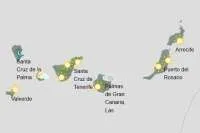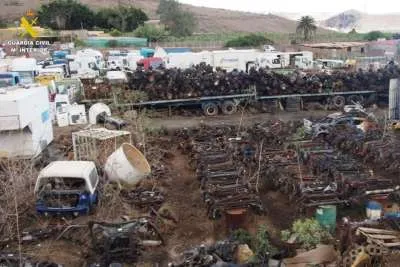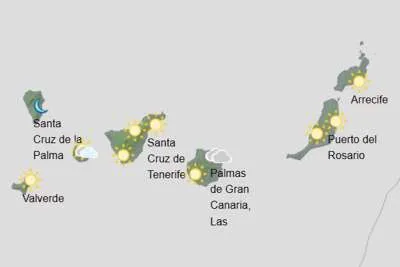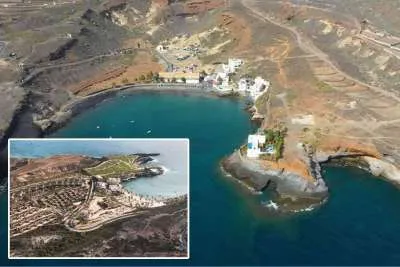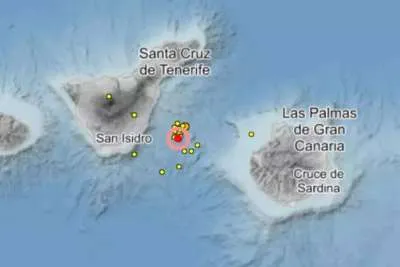Probability of Asteroid 2024 YR4 impacting earth rises by 20%
- 19-02-2025
- National
- Canarian Weekly
- Photo Credit: Star Walk
For the first time in history, global planetary defence systems have been fully activated by the United Nations, as the probability of asteroid 2024 YR4 impacting Earth continues to increase.
NASA and the European Space Agency (ESA) have intensified their planetary defence protocols following updated calculations on the asteroid’s trajectory.
The latest estimates indicate a 2.6% chance of impact, a 20% rise that has prompted urgent international collaboration. In response, the United Nations has initiated its Planetary Security Protocol, coordinating efforts among space agencies, scientific institutions, and global observatories.
Tracking a Potential Threat
Asteroid 2024 YR4 was only recently detected by space surveillance systems, and since then, observatories worldwide have been gathering data to refine predictions about its path. The latest orbital analysis has sparked heightened interest in the scientific community, as the probability of a collision has increased from initial estimates.
Among the key organisations involved in this unprecedented planetary defence response are NASA, ESA, the International Asteroid Warning Network (IAWN), and the Space Mission Planning Advisory Group (SMPAG). Several observatories, including Montsec and Pujalt in Catalonia, are providing crucial resources to help determine the asteroid’s exact trajectory.
Size, Origin, and Key Observational Phases
Preliminary measurements estimate that asteroid 2024 YR4 is between 50 and 90 metres in diameter. Scientists believe it is a fragment that broke away from a larger asteroid in the solar system's asteroid belt, its course altered by gravitational influences from nearby planets.
While further analysis is needed, experts have identified two critical observational windows that will refine predictions:
- Phase 1: Now until May 2025 – Data collection and trajectory refinement.
- Phase 2: 2028 – Second major opportunity to adjust predictions and evaluate potential defence measures.
Potential Impact and Defence Strategies
Although the current probability of impact remains low, scientists are closely monitoring the situation. Josep Maria Trigo, a researcher at CSIC-IEEC, has stressed that while an actual collision is still unlikely, the increased probability warrants continued observation and precautionary planning.
To improve trajectory predictions and analyse the asteroid’s composition, researchers are using advanced telescopes, including the James Webb Space Telescope. This will be particularly crucial from April 2025, when the asteroid will no longer be visible from ground-based observatories.
According to the International Asteroid Warning Network (IAWN), in the event of a collision, on an estimated date of December 2032, the 2024 YR4 asteroid could cause localised devastation within a 50-kilometre radius, and secondary damage further afield.
While the global risk remains minimal, the rising probability has prompted authorities to prepare for all possible scenarios, including a potential mission to alter the asteroid’s course if necessary.
The coming months will be crucial in determining the asteroid’s exact trajectory. As planetary defence mechanisms remain on high alert, scientists and space agencies will continue to refine predictions and explore mitigation strategies. For now, international cooperation is at its highest level, marking an unprecedented moment in planetary defence history.


